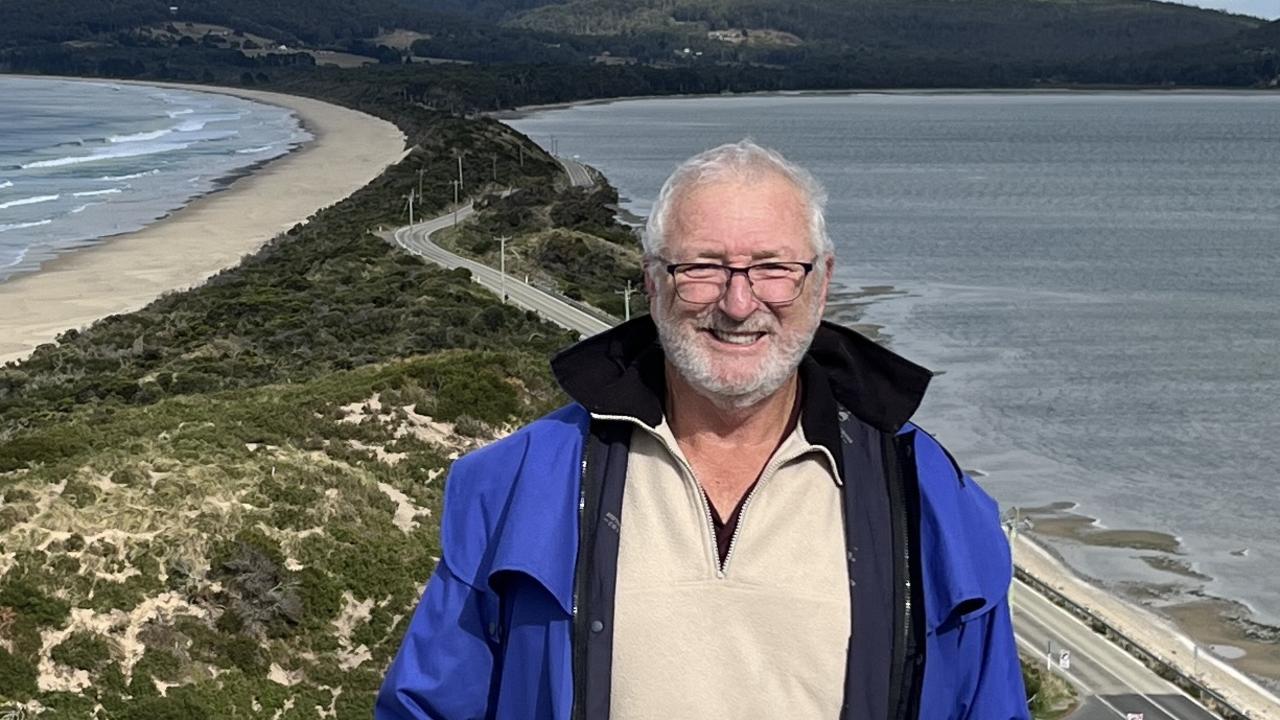Brian Healy breathed in asbestos when he was barely an adult and 50 years later the cancer it caused is still in his body.
The fitter and machinist worked for the Victorian State Electricity Commission and decades later received a confidential compensatory payment for his exposure to asbestos.
With asbestos being found in mulch across Sydney and Melbourne in recent months, a host of health and workers’ rights advocates are pushing ministers to curtail asbestos, warning it could linger into the next century despite being banned in 2003.
“If we don’t invest in safe removal, there will still be around one million tonnes of asbestos material in our homes and workplaces by 2060, with a long tail until at least 2100,” executives from the Cancer Council, Australian Council of Trade Unions, Lung Foundation and asbestos disease societies say in a joint letter.
State and territory workplace safety ministers will meet on Friday to discuss next steps in the 16-year national asbestos strategic plan.
The main agenda item is the ban of engineered stone benchtops, panels and slabs which causes the lung diseases silicosis.
But at least 4000 Australians die every year from asbestos-related diseases.
While most are Mr Healy’s age, he said he knew of a 14-year-old girl who has cancer caused by asbestos like him.
“I wake up every morning and think ‘yep I’ve got another day to go’,” he said, adding it was his wife’s insistence that made him go the doctor in the first place.
Mr Healy sees the names of those who have died every fortnight at his support group meetings.
The 71-year-old lives with his wife Karen in Newborough a couple of hours east of Melbourne.
They celebrate 40 years of marriage on Sunday.
Mr Healy did his apprenticeship with the old State Electricity Commission of Victoria as a 17-year-old.
When he went back a couple of years later, at the end of the 1970s, the commission was removing the asbestos from its power stations.
“You could not go anywhere in the power station without the asbestos dust being there,” he recalled.
While now anyone working with asbestos wears a full “space suit” of protective gear, at that time people handling it were given overalls, a paper mask and a balaclava, Mr Healy said.
He was left to work some 20m from the ‘protected’ workers, without any PPE.
Mr Healy left the electricity commission and taught at TAFE for more than 30 years.
He was diagnosed with the cancer mesothelioma six years ago.
It was detected early, the fluid on his lung was removed, and while he still has cancerous cells in his body, he lives a life with physical exercise, including mowing the lawns, walking and working out in his home gym.
Mr Healy says he does not look like a cancer patient, at 188cm tall and “overweight” at 117kg.
“If you met me you would not know I’m a sick little puppy,” he said.
A former Australian Council of Trade Unions member, and longtime Australian Education Union member, he hopes speaking about his experience keeps pressure on governments to fund asbestos-related research, and encourages older men to get regular health checks.
The ACTU says 6.2 million tonnes of asbestos materials remain in our built environment, and asbestos is in one-third of homes.
Along with the Public Health Association, Cancer Council, Asbestos Council of Victoria, Lung Foundation Australia and asbestos-free advocate groups, the union wants to keep pressure on governments.
The collective group wants a review of unlicensed removal, training requirements and occupational exposure limits, and work health and safety regulators to have stronger powers to take action at workplaces.
The push comes amid asbestos being found in mulch at parks and reserves across NSW and Melbourne in recent months.
The NSW Environment Protection Authority is running a criminal investigation into mulch found to contain asbestos across Sydney and regional NSW.
The Victorian EPA says contaminated mulch in Melbourne was caused by illegal dumping and old construction materials being mulched over.
